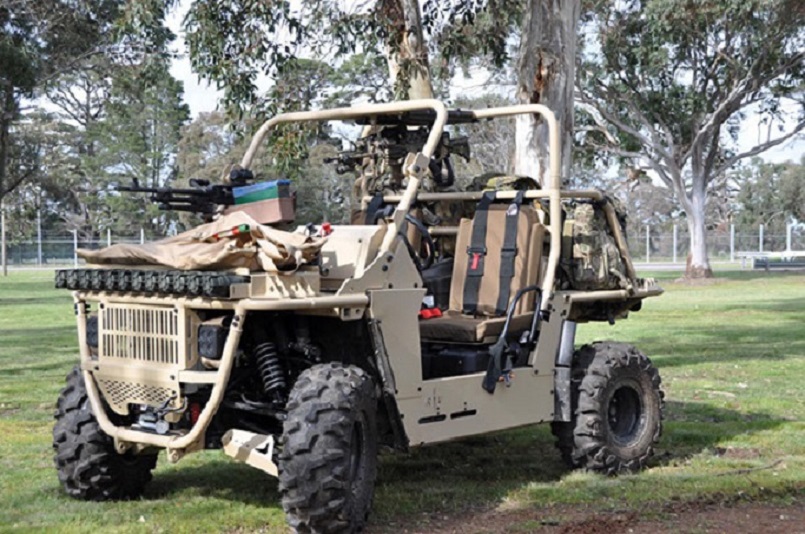This post is also available in:
 עברית (Hebrew)
עברית (Hebrew)
By Arie Egozi
As countries like India demand knowledge transfer and local manufacturing as a precondition to weapon purchasing, as American companies compete over almost any weapon contract, even one that in the past was considered minor, as China develops and sells a variety of weapon systems for relatively cheap prices – Israel finds itself in a problematic situation.
The problem is acute mainly because of the harsh competition between the two Israeli defense industries, IAI and Elbit Systems. and as result of the stagnation in processes such as the privatization of Israeli Military Industries (IMI) for many years. The situation is aggravated by the ban on the export of several weapon systems to certain countries.
All those factors have been hampering the efforts of the defense industries to cope with the growing difficulties.
And if you thought that was all, now some more states are discovering the potential of defense export and are investing large sums in the development of such capabilities. The last one on this list is Australia.
Australia’s government recently announced that it will unveil an ambitious plan to become one of the world’s 10 largest arms exporters. As part of the plan, Australian Prime Minister Malcolm Turnbull will announce a $3.8 billion fund for Australian arms companies looking to increase exports.
The government believes the strategy will create new jobs and bolster Australia’s troubled defence manufacturing industry, which struggles to sustain itself based on Australian Defence Force needs alone.
According to the plan, the Australian government is looking to grow sales in the United States, Britain, Canada, New Zealand, as well as European friends and allies, including Japan and South Korea. The government will also seek to use the exports to cement relationships with key countries in volatile regions like the Middle East. Most of the new Australian defense spending is on submarines and frigates that will be largely built in Australia, as reported by defenseworld.net.

Arie Egozi, Editor-in-Chief, iHLS


























